Sperm whales could use coded ‘alphabet’ sounds, study shows
The building blocks of whale language are closer to being understood as an ‘extraordinary’ new study identifies four distinct sounds Dominican sperm whales make while communicating
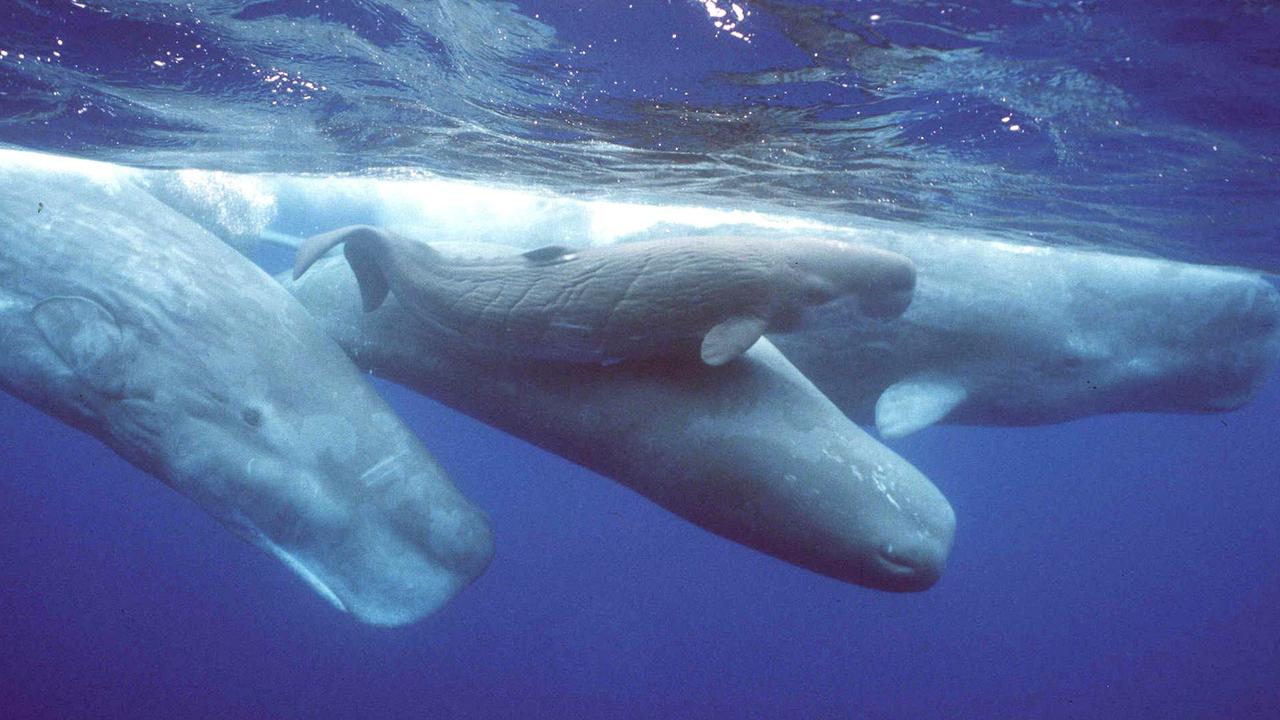
READING LEVEL: ORANGE
New research has provided big clues into the way sperm whales communicate.
A team of scientists studying the clicking sounds made by the gentle giants have identified four different sounds that they believe could form some of the building blocks of whale language.
Much in the same way human language combines phonetic sounds to form words, the scientists believe sperm whales may have basic sounds they combine to talk to one another.
Like many whales and dolphins, sperm whales are highly social mammals and communicate by squeezing air through their respiratory systems to make strings of rapid clicks. These clicks sometimes sound like an extremely loud zipper underwater.
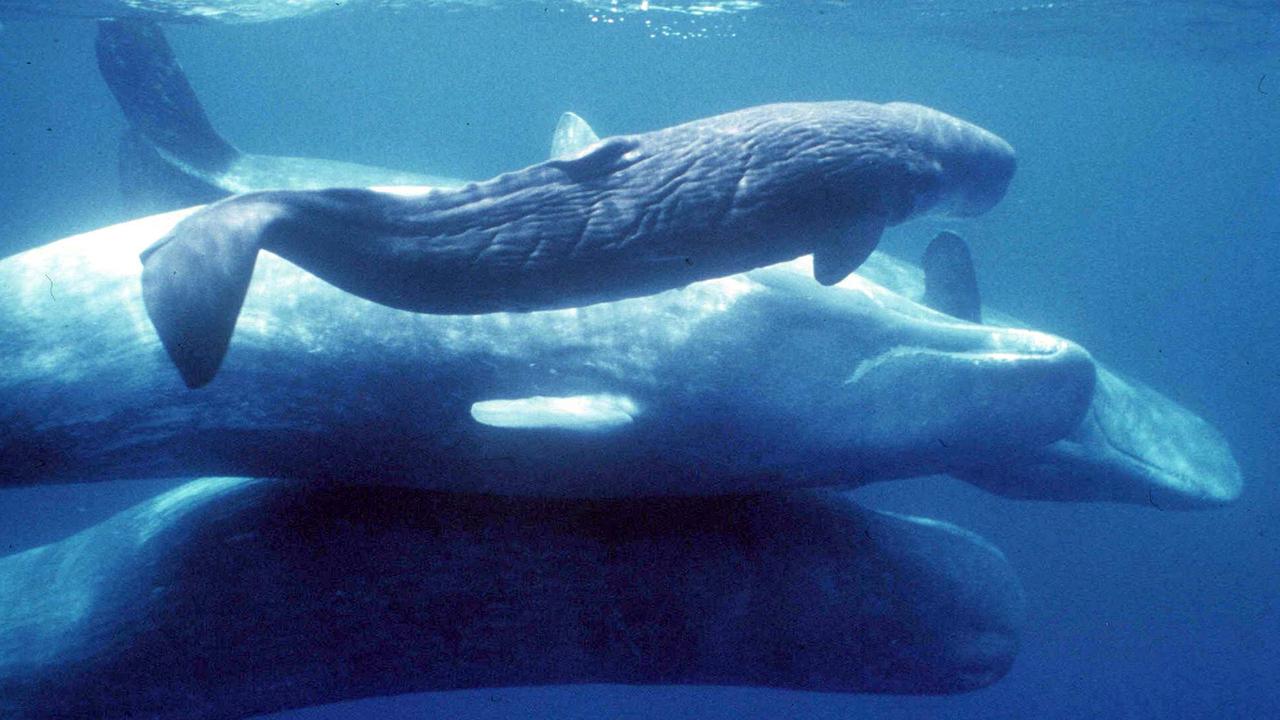
The clicks are also used as a form of echolocation to help them track their prey.
Scientists have been trying for decades to understand what those clicks might mean. While they still don’t know, they now think there could be sets of clicks that form a “phonetic alphabet” that the whales can use to build what people think of as words and phrases.
“We’re now starting to find the first building blocks of whale language,” said Cetacean Translation Initiative (CETI) founder and president Professor David Gruber.
In the study, researchers analysed more than 8,700 snippets of sperm whale clicks, or codas, made by the sperm whales of Dominica. They said they had found four basic components they think make up this phonetic alphabet.

The lead researcher of the study, PhD candidate Pratyusha Sharma, said the alphabet could be used by the whales in lots of different combinations.
“It doesn’t appear that they have a fixed set of codas,” said Ms Sharma, an artificial intelligence and computer science expert at the Massachusetts Institute of Technology (MIT). “That gives the whales access to a much larger communication system.”
Instead, it could be as though the whales have a very large dictionary of different words or phrases that they understand.
Sperm whales have the biggest brains of any animal on the planet. Their brains are as much as six times the size of an average human brain and can weigh up to about 9kg.
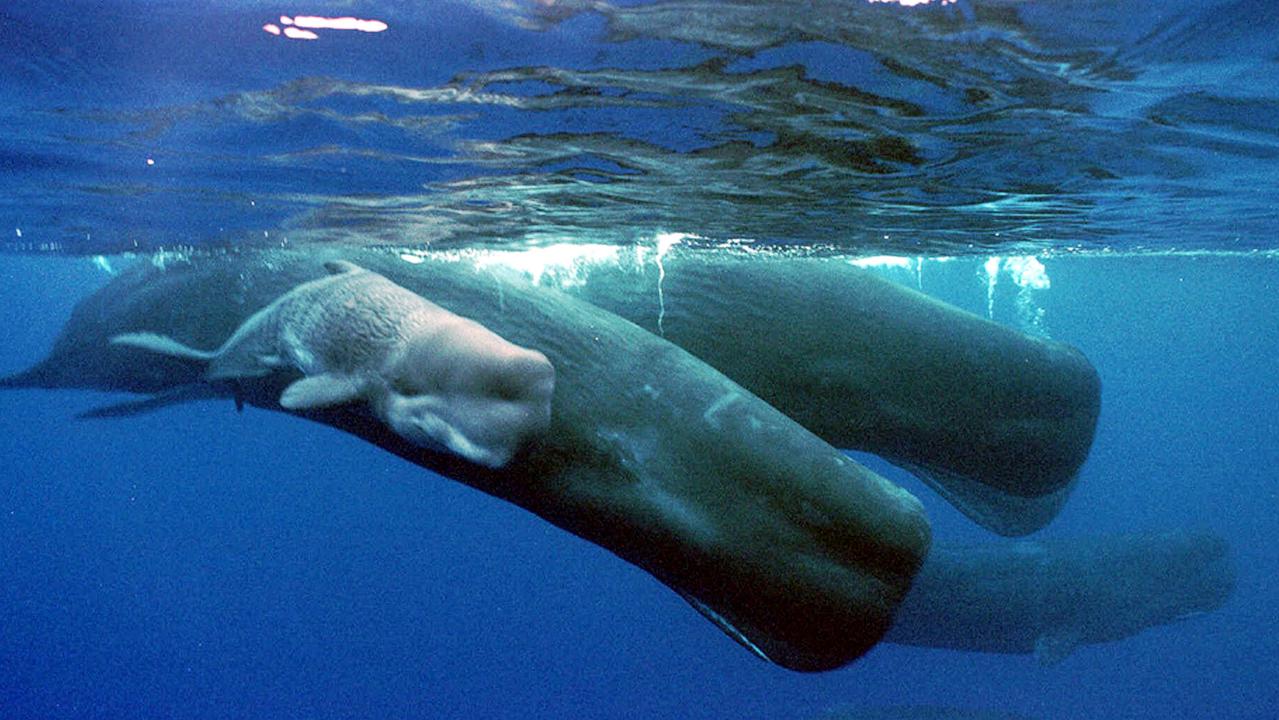
They live in female-led groups of about 10 and sometimes meet up with hundreds or thousands of other whales. Sperm whales can grow up to 18m long and dive to nearly 1000m to hunt for squid. They sleep vertically, in groups.
Prof Gruber said sperm whales appeared to have sophisticated social skills. He said by studying the way they communicate, scientists could reveal similarities with human language and society.
To get enough examples of the sperm whale clicks in Dominica, where there are about 200 whales, scientists created a giant underwater recording studio with microphones at different depths. Tags on the whales also recorded the position they were in when clicking, such as whether they were diving, sleeping or breathing at the surface, and if there were any other whales nearby they may have been communicating with.
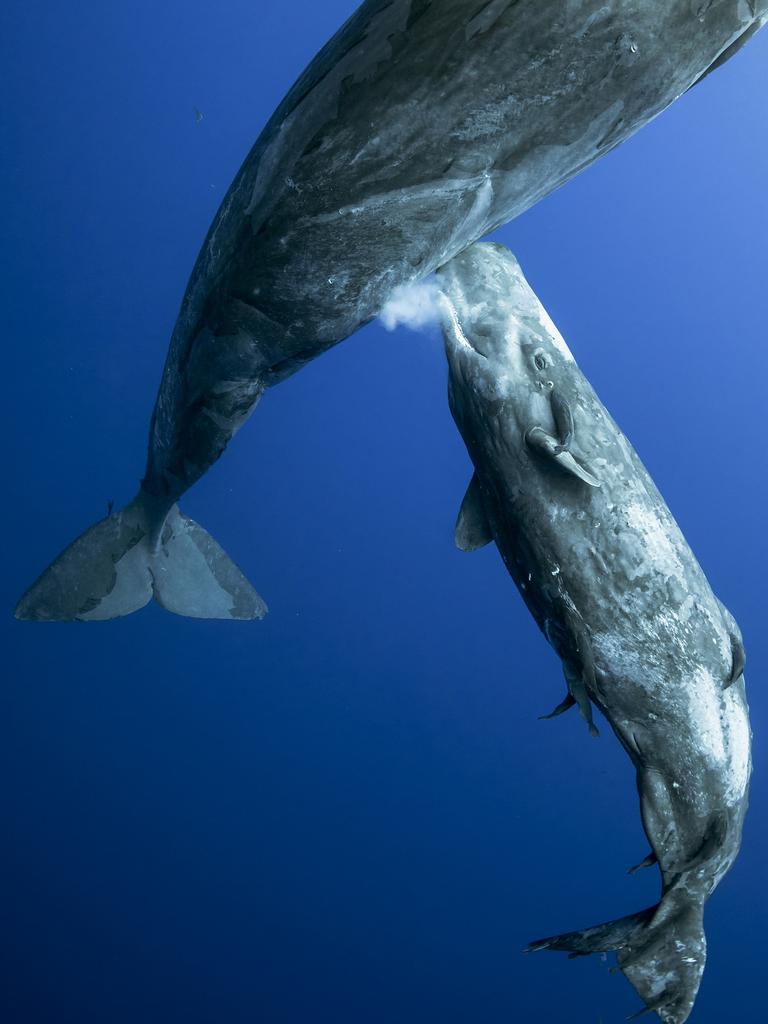
Prof Gruber said millions and possibly billions of whale codas would be needed in order to collect enough data to work out what the whales are saying, but he expects AI to help speed the analysis. He said other sperm whale populations in other regions likely communicated in slightly different ways.
Stanford University Associate Professor of Oceans Jeremy Goldbogen called the new research “extraordinary,” saying it had “vast implications for how we understand ocean giants.”
He said if we were one day able to understand what sperm whales were saying, that knowledge should be used for conservation purposes, like minimising the risk of whales being hit by ships or reducing ocean noise levels.
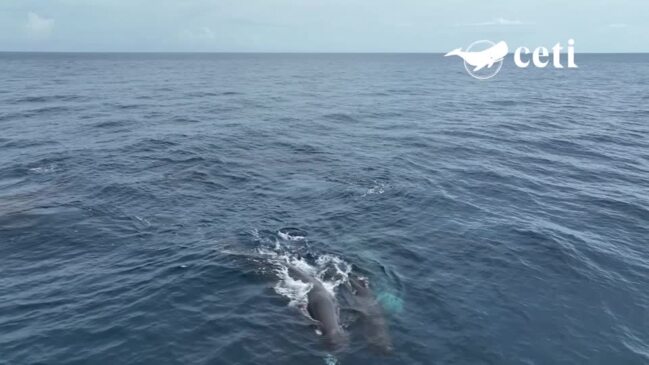
POLL
GLOSSARY
- phonetic: sounds that correspond to an alphabet or symbols of meaning in a language
- respiratory systems: organs used for breathing
- echolocation: using sounds and the echoes they make to find things, like prey
- cetacean: a marine mammal, such as a whale or dolphin
- AI: artificial intelligence, computer systems performing complex tasks that only humans could once do, often involving reasoning and problem solving
EXTRA READING
How do whales sing underwater?
Giant, smelly fish draws a crowd
Mystery of the deepest blue hole
QUICK QUIZ
1. What type of sounds do sperm whales make to communicate?
2. How many whale sounds were analysed in the study on Dominican sperm whales?
3. How large are the brains of sperm whales?
4. How do sperm whales make clicking sounds?
5. How deep can sperm whales dive?
LISTEN TO THIS STORY
CLASSROOM ACTIVITIES
1. What would they tell us?
If we could now understand the language of sperm whales, and they could speak to us about what is most important for them, what do you think that they would say? Use information in the story, possibly your own research and your imagination to write your response.
Time: allow at least 20 minutes to complete this activity.
Curriculum Links: English, Science, Geography
2. Extension
Why do you think Professor Gruber thinks that sperm whales in different regions would communicate in different ways? Write down as many reasons as you can think of.
Time: allow at least 15 minutes to complete this activity
Curriculum Links: English, Science
VCOP ACTIVITY
Whale words
Objective: To match key terms from the article with their definitions to demonstrate understanding.
Materials Needed: Flashcards or slips of paper with terms and definitions written on them.
Instructions:
1. Prepare flashcards or slips of paper with key terms from the article written on one side and their corresponding definitions on the other. Key terms can include “sperm whale,” “clicks,” “echolocation,” “phonetic alphabet,” “cetacean,” “codas,” “AI,” “ocean giants,” etc.
2. Scatter the flashcards or slips of paper with the terms face up on a table or the floor.
3. Divide the players into pairs or small groups.
4. Explain to the players that their task is to match each term with its correct definition.
5. Allow the players to take turns flipping over two cards at a time. They keep the pair and get a point if they find a matching term and definition. If not, they turn the cards back over, and it’s the next player’s turn.
6. Encourage the players to discuss the terms’ meanings and collaborate with their partners or group members to make matches.
7. Continue playing until all the matches have been made or for a set amount of time.
8. The player or group with the most matches wins at the end of the game!
For an added challenge, you can include additional terms and definitions related to whales, communication, or ocean conservation that were not explicitly mentioned in the article.

